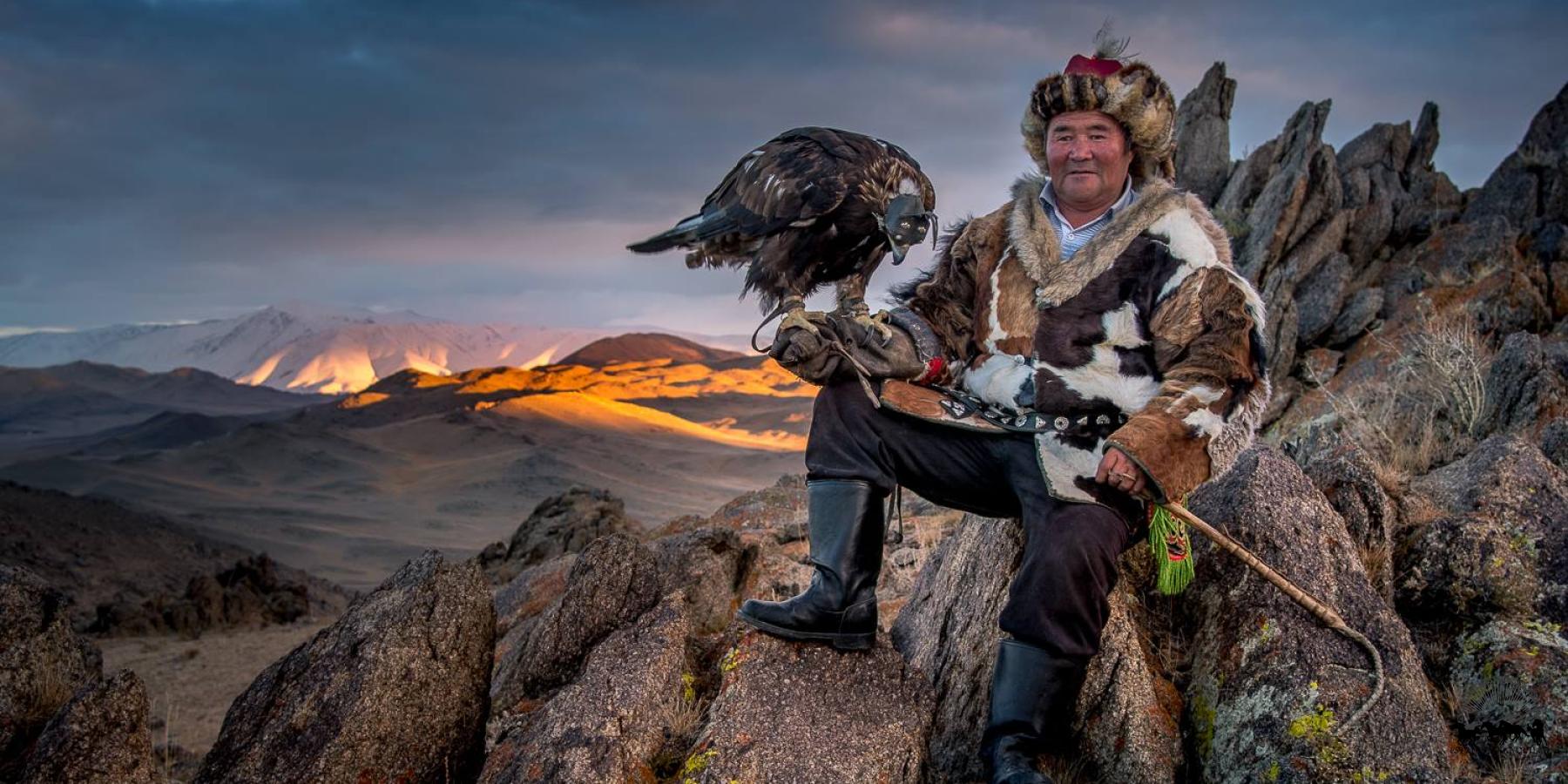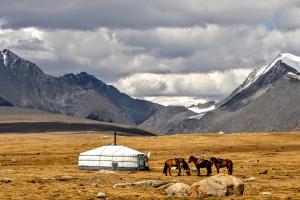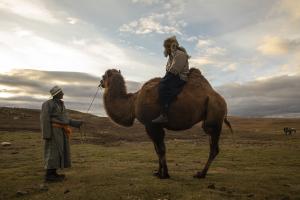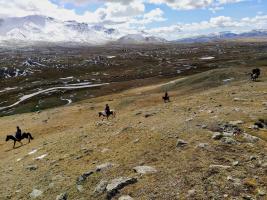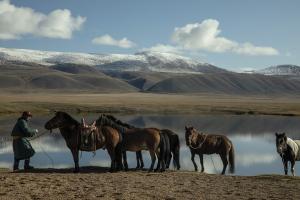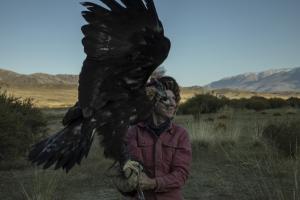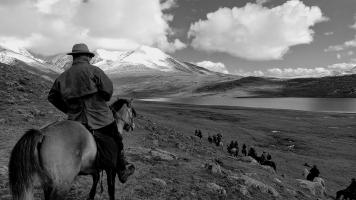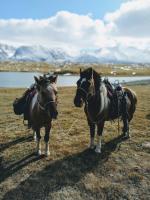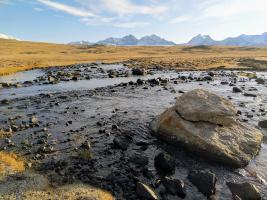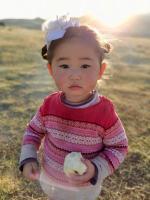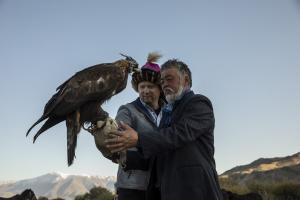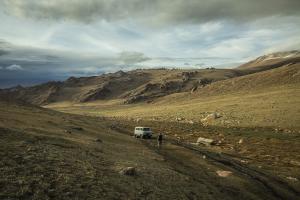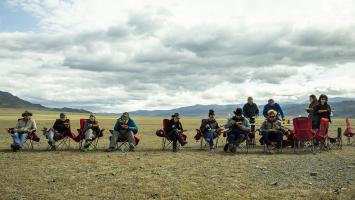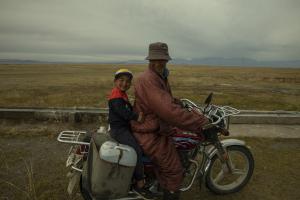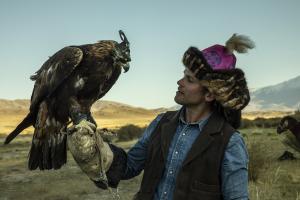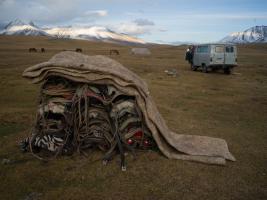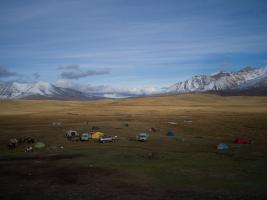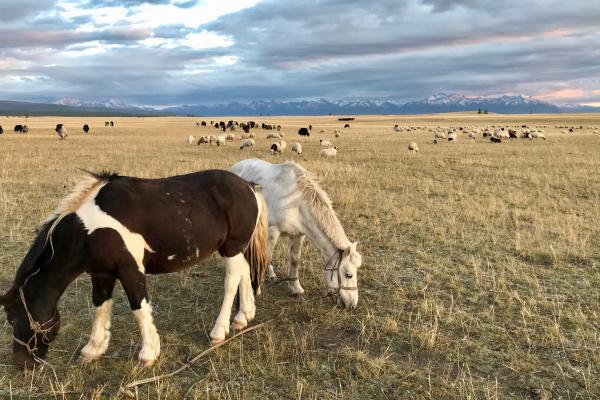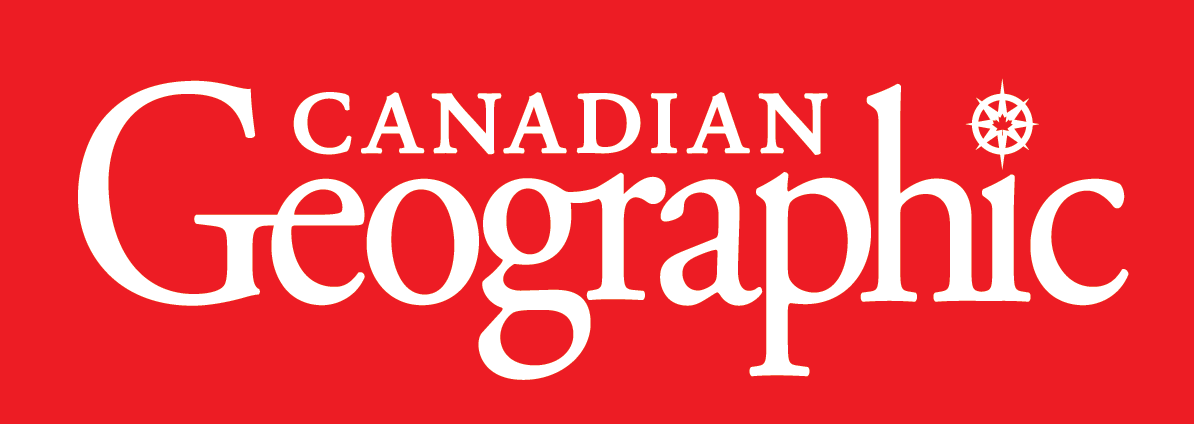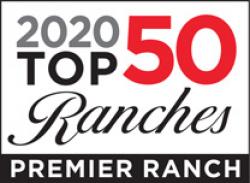Riding High With The Kazakhs: Packing Camels Through the Altai Mountains, & A Visit With The Eagle Hunters
2026 Dates TBD
We'll be traveling to the far Western part of the country, home of the Altai mountains and the Kazakh eagle hunters. In recent years, due somewhat to the film, "The Eagle Huntress", the eagle hunters have become quite popular among tourists, who flock to the eagle hunting festival near Olgii. We'll be taking a different path, packing our gear on camels and riding horses deep into the massive Altai mountains to visit local families in their homes. For the last few days, we'll ride with the eagle hunters as they train their eagles. Trip capacity limited to 12 guests.
Itinerary:
Day 1: Arrive in Ulaanbaatar and meet for dinner and lodging at a guesthouse on the outskirts of the city. Accommodation is a traditional ger (yurt) or shared room.
Day 2: Board a three-hour flight to Ulangom in the province of Uvs - in the northwestern part of the country. After lunch, we’ll head out to explore the shores of the largest lake in Mongolia - Uvs Lake. That night, we'll stay at a ger camp near the lake with broad views of the surrounding mountains.
Day 3: In the morning we’ll stop back in Ulangom and head to a few shops to stock up on warm woolen items and deels - the traditional Mongolian robes - essential articles for horse packing in the Altai Mountains. The rest of the day will be spent driving south to the Turgen Mountains, with a lunch stop along the way. Post-lunch, the road becomes increasingly rough as we wind our way up into the snow-covered mountains. We'll camp that night at the base of the Turgen mountains, where we'll be joined by local herdsmen bringing our riding horses and pack camels.
Days 4-10: For the next seven days, we'll ride with the local herdsmen, crossing through the Tureg, Kharkhiraa, and Davaan Khar Mountains. We'll camp on the shores of lakes and rivers, and cross a 9000 foot pass, with immense views of the snow-capped Tsambagarav Mountains and Shaazgai Lake. We may see ibex, snow leopards, bighorn sheep, or wolves. For the last several days of the ride we’ll be joined by Kazakh eagle hunters who will ride with us, training their eagles to hunt in preparation for the eagle hunting festival.
Day 11: We’ll leave the horses behind, and get back in the vans, crossing the Khovd river into the Bayan-Olgii Province, to arrive in the mid-afternoon at our Kazakh eagle hunter’s fall camp near the Tsambagarav Mountains. Here we get to share the night with the Kazakh family - joining for a traditional meal and getting a firsthand view of their unique and ancient culture.
Day 12: Say goodbye to the Kazakhs and drive to Olbi Lake for lunch, and on to Olgii City to spend the night at a ger camp.
Day 13: Fly back to Ulaanbaatar and spend the night at a ger camp on the outskirts of the city.
Day 14: Breakfast followed by farewells!
Includes all meals, lodging and transportation between the meetup on August 26 and departure on September 8th. Includes domestic airfare between Ulaanbataar and western Mongolia. The rate also includes Global Rescue emergency evacuation services and coverage.
Mongolia’s Horses:
Nowhere are horses more central to daily life than in Mongolia. Mongolia is known as the land of the horse, and Mongols have a reputation for being the best horsemen on Earth. Even in the 21st century, Mongolia remains a horse-based culture and retains its pastoral traditions. Many of its 2.4 million people are semi-nomadic and primarily support themselves by breeding five domestic species: horses, cattle (including yaks), camels, sheep, and goats. The horse, which is used for travel, herding, hunting, and sport, is the most prized. In the words of a herder who lives outside the capital city Ulaanbaatar, “We Mongols respect horse as our companion of night and day. The horse is the source of joy and pride of a Mongolian herder. And we are nothing without our horses”.
Most Mongolian horses are ponies by European standards (less than 1.5m shoulder height), but these animals are really tough. They have tremendous reserves of energy and can carry heavy loads for long periods. Accordingly, Genghis Khan’s cavalry was the most powerful in the world at one time. During the winter, Mongolian horses are not given any supplementary food and must therefore rely solely on their summer reserves and forage for what they can find under the snow. Nomadic horses are semi-wild; they are allowed to roam freely.

